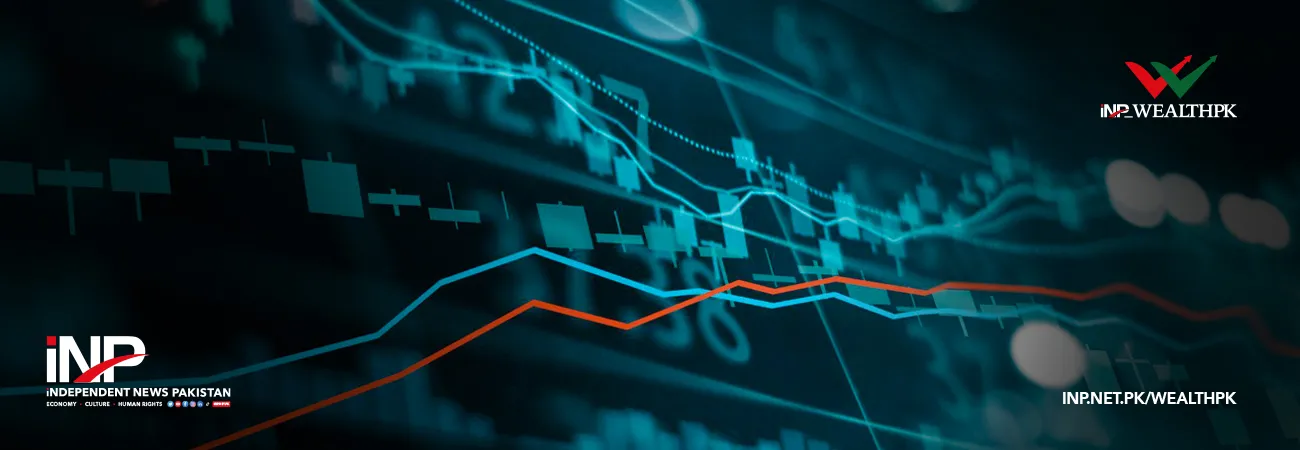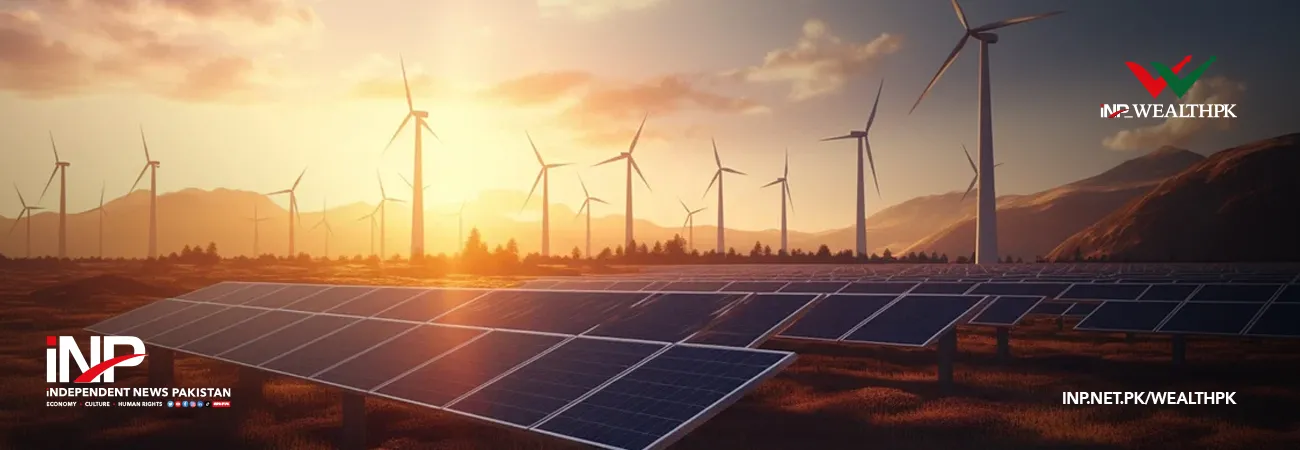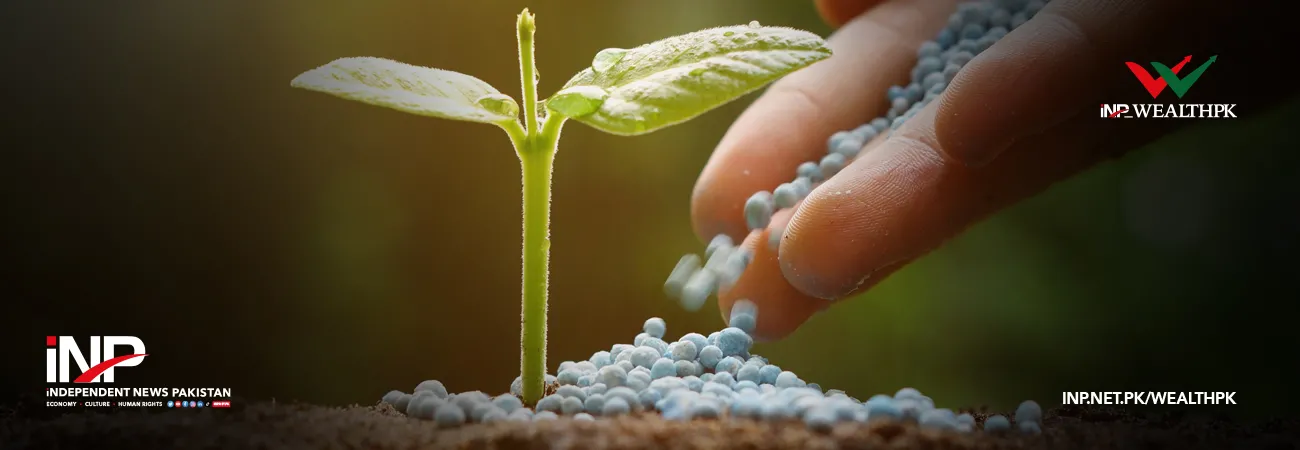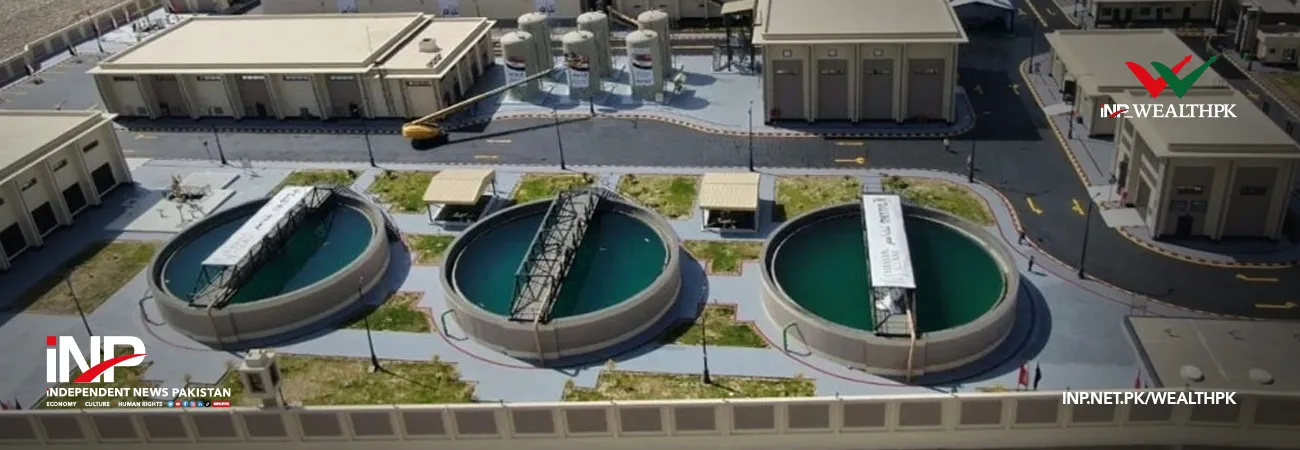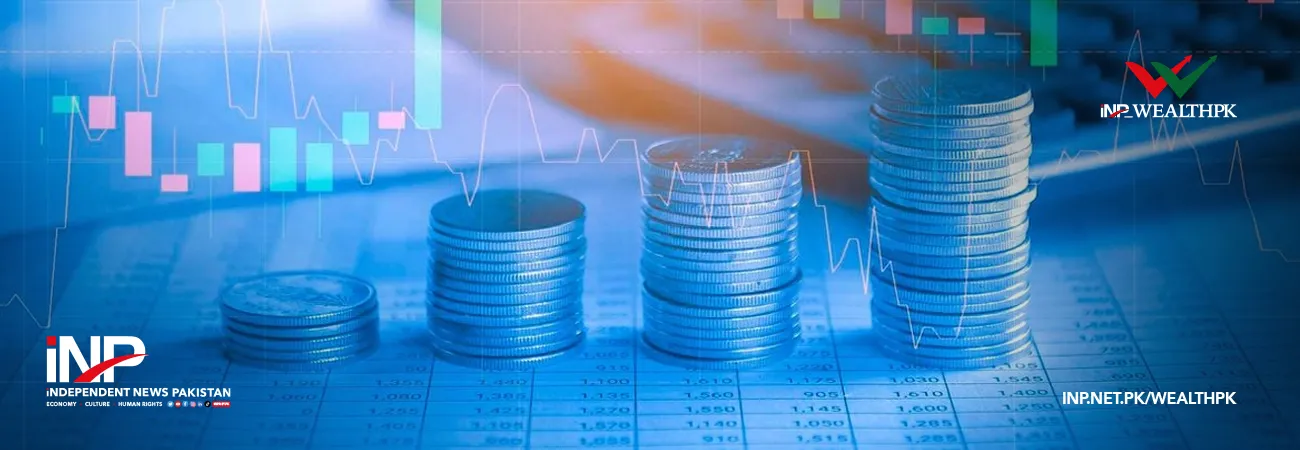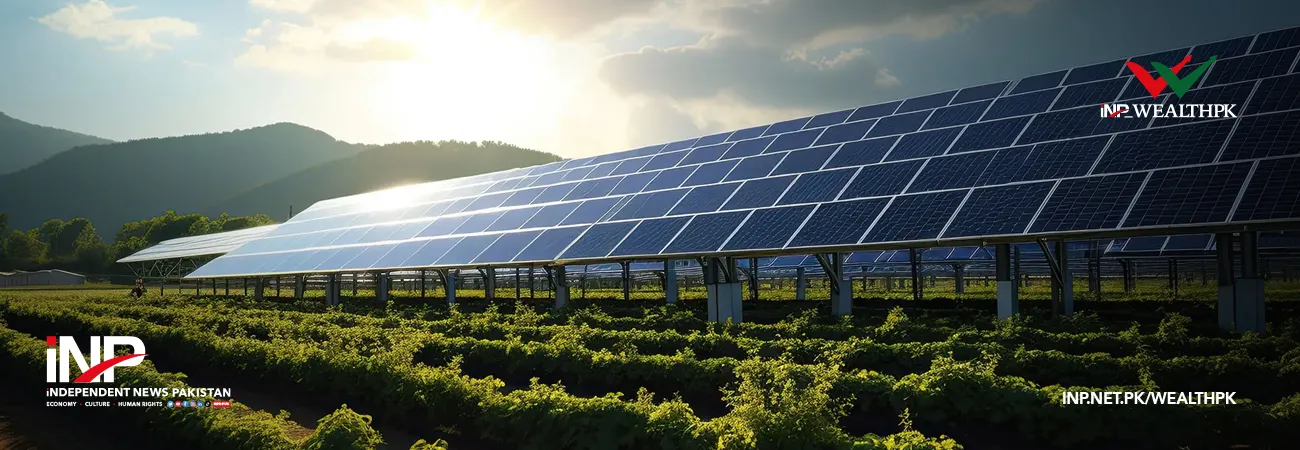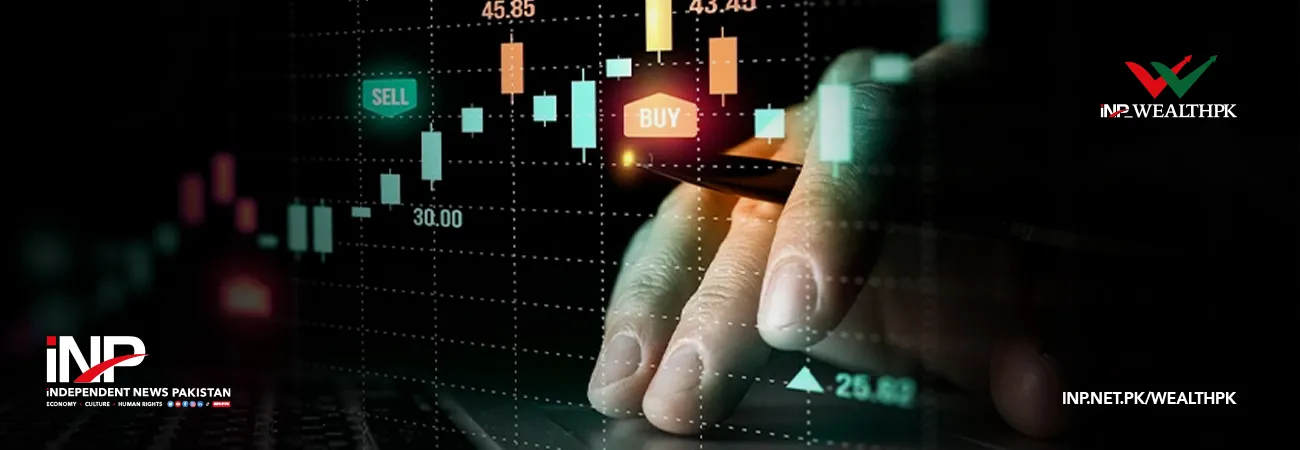INP-WealthPk
Ayesha Saba
Strategic investments in capital formation, infrastructure development and business
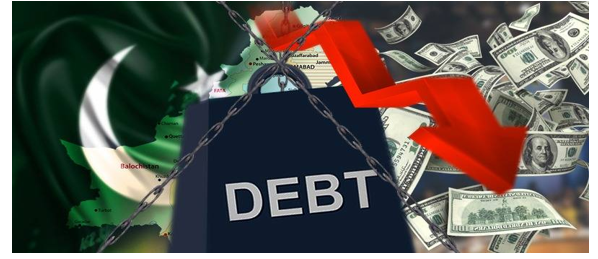
reforms are critical to expanding Pakistan’s GDP and enhancing its debt repayment capacity amid the escalating debt burden. “Pakistan's debt-to-GDP ratio has risen sharply in recent years, driven by high fiscal deficits, a reliance on foreign loans, and fluctuating global economic conditions. This has left the country vulnerable to external shocks, including rising inflation and currency depreciation,” said Hamid Haroon, Team Lead of the Trade & Industries, Policy Advisory Board, Federation of Pakistan Chambers of Commerce and Industry (FPCCI). Talking to WealthPK, he noted that servicing this growing debt is consuming a significant portion of the national budget, leaving little room for other critical expenditures like development and social welfare. “The problem is not just the debt itself but the cost of servicing. When nearly 50% of government revenues go toward debt servicing, it creates a vicious cycle where the country has to borrow more just to meet basic obligations, let alone invest in future growth,” he remarked.
Haroon pointed out that while borrowing has helped Pakistan manage short-term fiscal gaps, it has not contributed significantly to long-term economic expansion. “The challenge now is to prioritise capital formation and direct resources toward projects that stimulate GDP growth.” Meanwhile, Dr Waqas Ahmed, a development economist with the Centre for Business and Economic Research (CBER), said that the government must also improve the ease of doing business to boost private sector participation. “Attracting private investment is key to reducing the government’s reliance on borrowing.” He suggested that the government should focus on simplifying regulatory procedures, reducing bureaucratic hurdles and creating an investor-friendly environment. He also underscored the importance of sectoral reforms, particularly in agriculture and manufacturing, which are critical to Pakistan’s economy.
“By modernising these sectors and integrating them into global supply chains, Pakistan can increase exports, reduce trade imbalances, and improve its foreign exchange reserves.” Pakistan’s debt rose to Rs69.6 trillion in July 2024, marking a 12.7% increase compared to the same period last year, according to the State Bank of Pakistan data. The debt grew by 1% on a month-to-month basis, up from Rs68.9 trillion in June 2024. The government’s domestic debt increased by 22.2% year-on-year, reaching Rs47.7 trillion in July, with a month-on-month increase of 1.1%. External debt declined by 3.7% to Rs21.91 trillion, mainly due to a stable exchange rate and low international credit ratings, which limited access to fresh loans from global commercial banks.
Credit: INP-WealthPk



